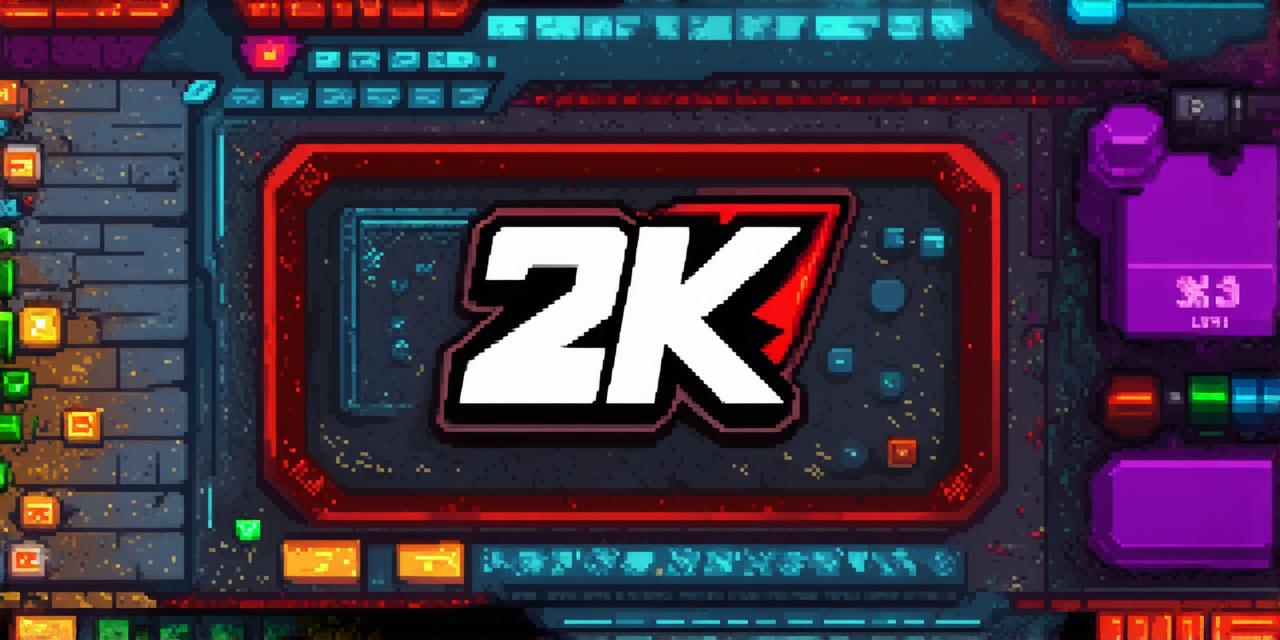Are you a budding game developer looking to create your first 2D platformer game? Look no further! In this comprehensive guide, we will walk you through the process of creating a 2D platformer game using Unreal Engine. We’ll cover everything from setting up your development environment to creating your characters and levels. By the end of this tutorial, you’ll have a fully functional 2D platformer game that you can show off to your friends and family!
Before we dive in, let’s take a quick look at what a 2D platformer game is. A 2D platformer game is a type of video game where the player controls a character that moves through a 2D environment, typically by jumping from one platform to another. These games are popular among gamers of all ages and can be found on a variety of platforms, including consoles, computers, and mobile devices.
Step 1: Setting up your development environment
The first step in creating any game is setting up your development environment. In this case, we will be using Unreal Engine, which is one of the most popular game engines on the market. To get started with Unreal Engine, you’ll need to download and install the software from their website. Once you have the software installed, you can create a new project and choose the 2D template. This will give you a basic starting point for your game.
Step 2: Creating your characters
Once you have your development environment set up, it’s time to start creating your game’s assets. The first asset we’ll be creating is our character. To do this, we’ll use the built-in 2D tools in Unreal Engine. We can create a new 2D sprite and customize its appearance using the editor. We can also add animations to our character to make it more dynamic.
Step 3: Designing your levels
The next step is to design your game’s levels. In a platformer game, the levels are usually designed with platforms, obstacles, and enemies in mind. To create a level in Unreal Engine, we can use the tilemap system. This allows us to easily place and edit tiles on a grid-based layout. We can also add scripting to our levels to make them more interactive and engaging.
Step 4: Adding gameplay mechanics
Now that we have our characters and levels designed, it’s time to add some gameplay mechanics. In a platformer game, the most important mechanics are jumping, running, and attacking. To implement these mechanics in Unreal Engine, we can use blueprints, which are visual scripting tools that allow us to create complex game logic without writing any code. We can also use plugins and third-party assets to add more advanced features to our game.
Step 5: Adding sound effects and music
To make our game more immersive, we’ll want to add sound effects and music. In Unreal Engine, we can use the audio system to add and manage sounds in our game. We can also create our own music using a variety of tools and plugins available in the engine.
Step 6: Testing and debugging
Finally, it’s time to test our game and fix any bugs that we encounter. In Unreal Engine, we can use the built-in testing tools to run our game on different platforms and devices. We can also use debugging tools to identify and fix any issues with our code.
Conclusion
Creating a 2D platformer game using Unreal Engine is a great way for beginners to get started in game development. With the right tools and resources, anyone can create a fun and engaging game that they can share with the world.
